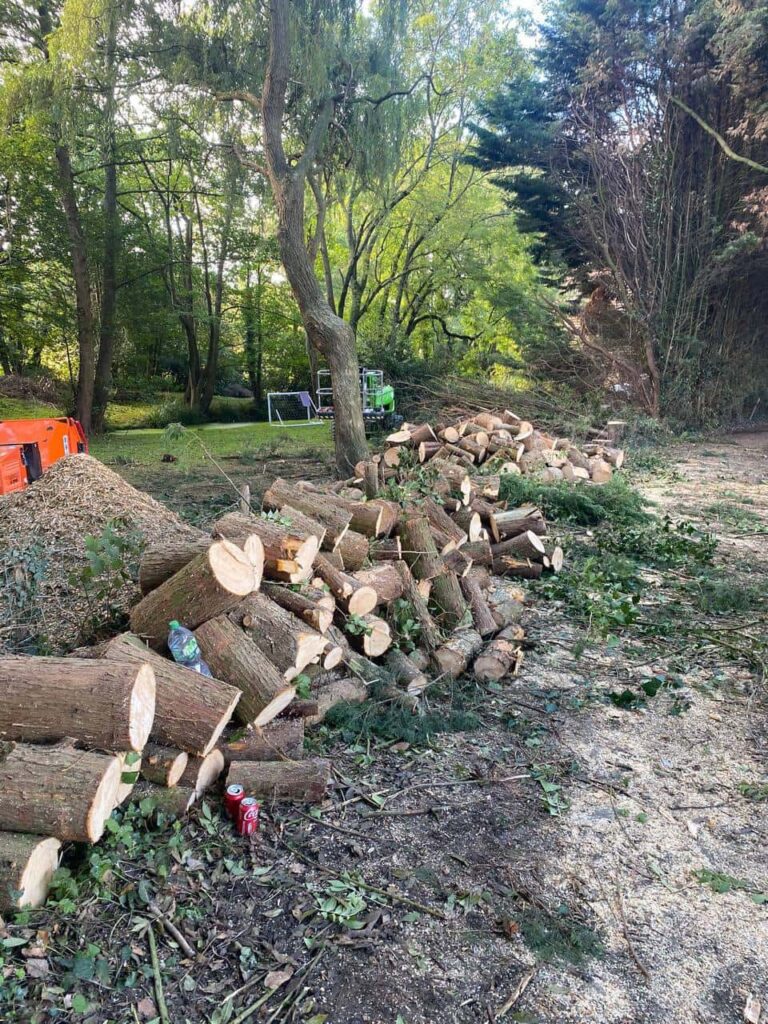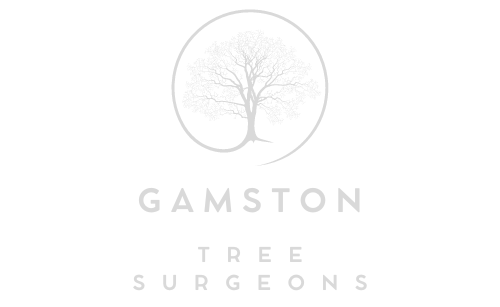The Ethics of Tree Felling: When Should You Leave a Tree Standing?
Tree felling is a delicate and often controversial subject, particularly in an age where environmental sustainability is at the forefront of public consciousness. While there are legitimate reasons to remove trees — such as disease, safety concerns, or development projects — it’s essential to carefully consider the ethical implications before making a decision. At Gamston Tree Surgeons, we believe in taking a thoughtful, responsible approach to tree felling in Gamston, Nottingham. In this blog, we explore the ethical considerations of tree felling and discuss when it’s better to leave a tree standing.
Understanding the Importance of Trees
Trees play a vital role in our ecosystem, providing numerous benefits such as:
- Carbon Sequestration: Trees absorb carbon dioxide, helping to reduce greenhouse gases and combat climate change.
- Habitat for Wildlife: Many species of birds, insects, and mammals depend on trees for shelter and food.
- Air Quality Improvement: Trees filter pollutants from the air, improving overall air quality.
- Erosion Prevention: Their roots help stabilise soil, preventing erosion and maintaining the health of the land.
- Aesthetic and Psychological Value: Trees contribute to the beauty of our environment and offer a sense of calm and wellbeing.
Given these significant benefits, felling a tree should never be taken lightly. Before making any decisions, it’s important to weigh the potential impacts and assess whether removal is truly necessary.
When is Tree Felling Justified?
There are certain situations where tree felling is the most appropriate course of action. These include:
- Safety Concerns: If a tree poses an immediate threat to people or property, it may need to be removed. This is particularly true for trees that are dead, diseased, or structurally unstable. In cases where a tree is leaning dangerously or its roots are compromising the foundation of nearby buildings, felling may be the safest option.
- Disease and Infestation: While some trees can recover from diseases with proper care, others may become too infected to save. Trees suffering from advanced stages of disease or infestation by pests like bark beetles or ash dieback may require removal to prevent the spread of the problem to nearby healthy trees.
- Development Projects: In some cases, trees may need to be removed to make way for necessary development projects, such as building extensions or infrastructure improvements. However, it’s important to ensure that every effort is made to preserve as many trees as possible during the planning process.
- Environmental Impact: In some cases, tree felling may actually benefit the local ecosystem. For example, removing non-native or invasive species can help restore balance to the natural environment, allowing native plants and trees to thrive. Additionally, removing trees that are overcrowding an area may improve sunlight and air circulation, promoting the health of surrounding vegetation.
When Should You Leave a Tree Standing?
Although there are valid reasons for felling a tree, there are also many circumstances where it’s better to leave it standing. These include:
- Healthy, Stable Trees: If a tree is healthy, structurally sound, and not posing any safety risks, it should generally be preserved. Healthy trees contribute to biodiversity, improve air quality, and add aesthetic value to the landscape.
- Protected Trees: Certain trees may be protected under local conservation laws or Tree Preservation Orders (TPOs). These legal protections are put in place to ensure the conservation of important or rare species, and it’s essential to check whether a tree is protected before proceeding with any removal.
- Wildlife Considerations: Trees that serve as habitats for local wildlife, such as nesting birds or hibernating bats, should be left standing where possible. Removing such trees could have a significant impact on local biodiversity, and in some cases, it may even be illegal to disturb these habitats.
- Cultural and Historical Value: Some trees have significant cultural or historical importance, either to the local community or as part of a heritage site. These trees should be carefully evaluated before any decision is made to remove them.
- Sustainable Urban Planning: In urban areas, trees are critical for mitigating the urban heat island effect, providing shade, and enhancing green spaces. When planning any developments or landscaping changes, it’s important to consider the long-term environmental and social benefits of preserving urban trees.
Ethical Considerations in Tree Surgery
At Gamston Tree Surgeons, we follow an ethical approach to tree felling, always prioritising the health of the tree and the surrounding environment. Our decisions are based on a comprehensive assessment of the tree’s condition and the needs of the property owner. We often recommend alternatives to felling where appropriate, such as:
- Tree Reshaping: If a tree is overgrown or blocking light, careful reshaping can improve its structure without the need for removal.
- Crown Reduction or Thinning: Reducing the size of the crown can relieve stress on the tree, allowing more light into the garden while preserving the tree’s health.
- Tree Support Systems: For trees that are leaning or structurally compromised, the use of support systems such as bracing or cabling can help stabilise the tree without removing it.
Conclusion
The decision to fell a tree should never be made lightly. Trees provide immense environmental, aesthetic, and cultural value, and in many cases, preserving them is the most ethical choice. At Gamston Tree Surgeons, we are committed to helping you make informed decisions about the trees on your property. Through careful assessment and ethical tree surgery practices, we strive to protect the beauty and health of our natural surroundings.
Call us on: 0115 697 1170
Click here to find out more about Gamston Tree Surgeons
Click here to complete our contact form and see how we can help with your tree needs.

